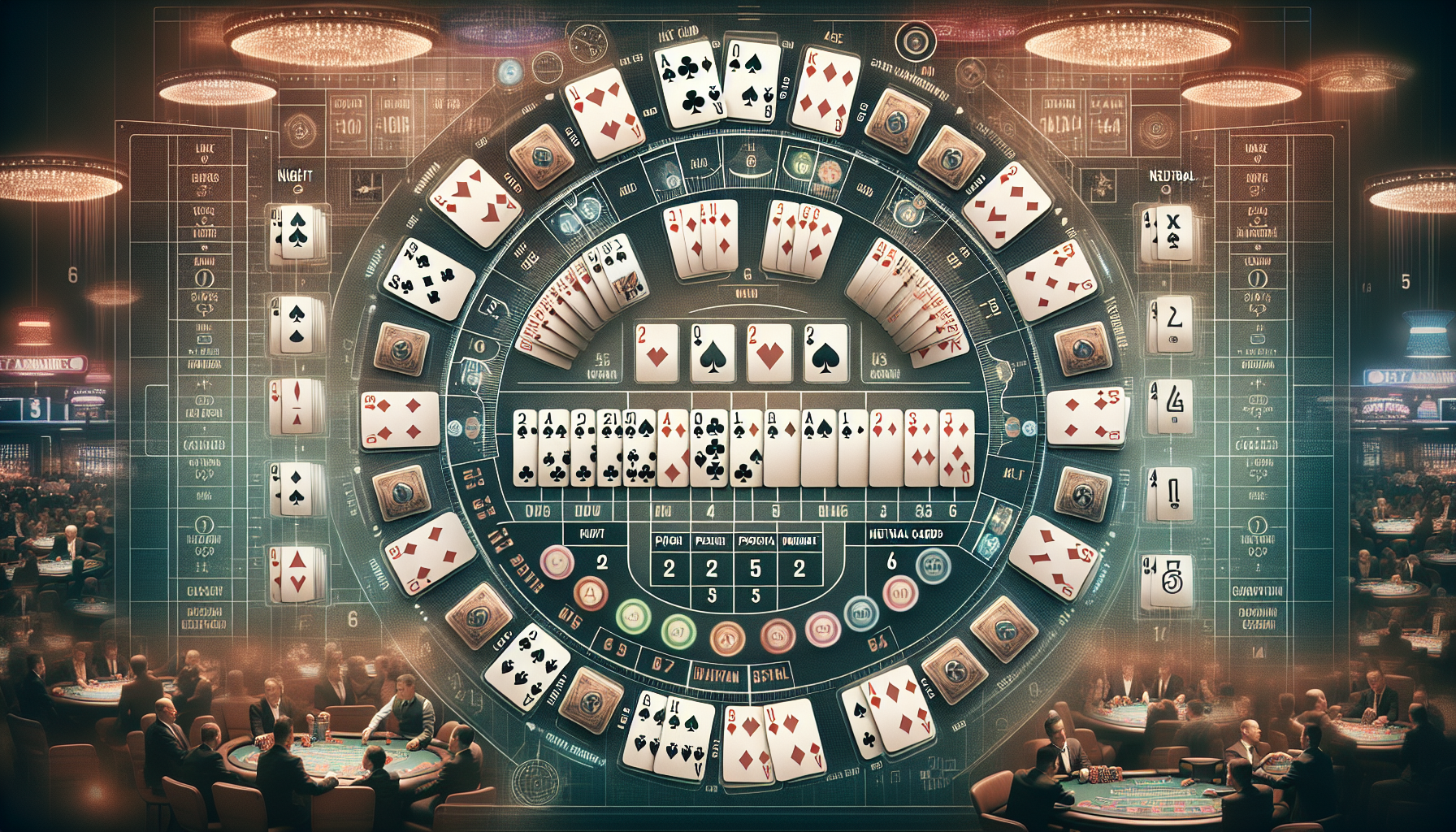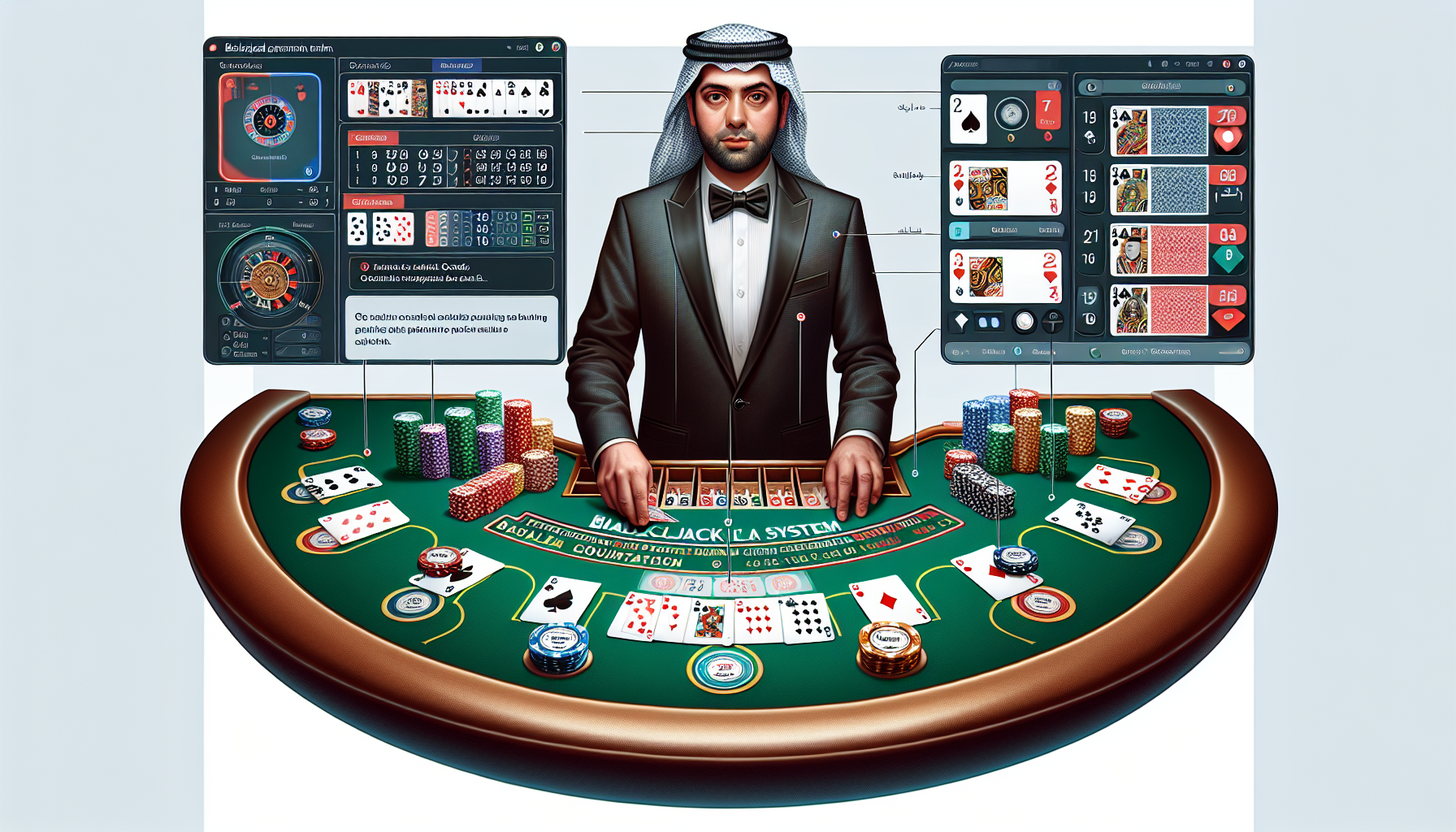
With skill and strategy, blackjack is a game you can beat the house – and learning blackjack card counting is a powerful strategy that can help you do it. A successful card-counting system relies on keeping track of all the cards that have been dealt with so far, and it helps you to make smarter decisions on how to play each hand. In this guide, we will teach you how to count cards correctly, which systems you can use, and how to apply those skills in a casino setting.
Understanding the Basics of Blackjack
Before we can even consider card counting, we need to become familiar with the basic rules of blackjack. The game’s objective is simply to get a hand that, when added up, is as close to 21 points as possible, but not more. Blackjack terms and conventions: There are 52 cards in a deck, divided into four suits (Clubs, Diamonds, Hearts, and Spades), and there are between one and eight decks used in the game. The player competes against the dealer by having his hand as close to 21 points as possible but not exceeding it. Each card in blackjack has a value: cards numbered from 2 to 10 are worth their face value. Jack, Queen, and King (face cards) are worth 10, and Aces can be 1 or 11. The dealer is obligated to play their cards according to strict rules.
The Importance of Card Counting
Card counting is a technique that tracks the ratio of low cards to high cards remaining in the deck, which affects betting strategy. So, a game dependent on independent events and players betting against each other will never give the house an advantage. Blackjack, meanwhile, is based on dependent events – that is, the outcomes of one hand will impact the outcome of the next. If a player is really good at counting cards – tracking the ratio of low cards vs. high cards remaining in the deck (which affects the ratio of expected high vs. low expected values remaining in the deck and, therefore, should impact betting strategy) – she can win.

Introduction to the High-Low Count System
Perhaps the most famed such system is the High-Low Count: I I II II III IV IV V V 0, -1, +1, +2, +3, +4, +1. The High portion represents cards that have a positive impact on the strength of your hand and, therefore, a positive impact on your chances of winning, such as 10s and face cards. On the other hand, the Low portion represents cards that generally have a negative impact on the game, such as 2s.
- High cards (10, Jack, Queen, King, Ace) are assigned a value of -1.
- Low cards (2, 3, 4, 5, 6) are assigned a value of +1.
- Neutral cards (7, 8, 9) have a value of 0.
This system (remarkably) enables players to sustain a continuous tally (1) rooted in the cards that have been dealt. However, many may overlook the intricacies involved; this can lead to misunderstandings. Although the concept seems straightforward, it requires careful attention. Players must engage with the system because the accuracy of their count (2) directly impacts their strategy. But, without diligence, one might find themselves at a disadvantage.
Calculating the Running Count
And so, as each card is exposed, the players track their running count (by incrementing or decrementing their point value by the score assigned to the card that just got dealt). If two high cards and one low card get dealt, then the count will be -1 (for the two high cards) + 1 (for the low card) = 0. You have to pay attention to this count as you play. It’s the bankroll-management device that will help you decide whether to bet more or less when things get dicey later on in the game.
Using Meaningful Pairs to Simplify Counting
One useful trick, ‘meaningful pairs’, is about grouping certain combinations of cards so that, by counting them as a single entity, you eliminate as many adjustments as possible. For instance, if you have two high cards and one low card in a hand, you have to adjust the count just once, not twice or three times. Meaningful pairs significantly reduce the amount of work needed, meaning that you can count faster at the game.
Converting the Running Count to the True Count
The next step is to turn this into a true count, which you get by dividing your running count by the number of decks that remain and then rounding the result to the nearest half-deck. Our favorable running count of +9 produced a true count of +2 because 9 divided by 4.5 (the number of decks remaining) equals 2, which rounds up.
Because knowing the true count is crucial, it directly affects your advantage. A higher true count helps you stake more.

Bet Sizing Based on the True Count
Once the true count is established, the player can act accordingly and adjust the stakes. A common, popular ‘level’ system is to bet a unit equal to the true count minus 1. If the true count is +4, you would bet three units. It allows you to profit on the hands where it is very likely you will get a blackjack and minimizes losses on the hands with very low chances of a blackjack – truly awful counts, in other words.
Practical Application: Example Scenario
Let’s go through this as an example. If the running count is +20 with five decks remaining, your true count is 20/ 5, or a true count of +4, and your bet would be $300 (3 units), given $100 is the betting unit. You keep running and true-counting and adjusting the bets accordingly.
Maintaining Basic Strategy While Counting Cards
Card counting is a powerful tool, but it doesn’t replace basic strategy. Players still have to use basic strategy, meaning they have to hit or stand, double down or split based on the upcard that’s dealt to the dealer, and hope that they’re playing their hands in a way that will maximize their return for the session. Combined, those two skills give you the best possible chance of winning at the blackjack table.
Tips for Successful Card Counting
To effectively count cards (in a casino setting), consider the following tips: however, one must remember that it requires practice. 1. Start with a simple strategy, but be aware that complexities may arise. Although many believe it is an easy task, this skill demands focus and concentration. Because of this, one should approach the game with determination and patience.
- Practice Regularly: The more you practice counting cards, the easier it becomes. Use decks of cards at home or online blackjack games to sharpen your skills.
- Stay Focused: Minimize distractions while playing. This will help you maintain an accurate count and make informed betting decisions.
- Keep a Low Profile: Avoid drawing attention to yourself. Dress casually and avoid making large, sudden bets that could alert the dealer or pit boss to your counting.
- Switch Tables: Don’t stay at one table for too long. Move around to avoid detection and keep your counting strategy effective.
Understanding Casino Countermeasures
It is totally legal to count cards, but casinos don’t like it and will often act against it. They can spot patterns in your bets and may ask you to leave or to ‘take a break’ and help establish a pattern. Being sneaky and not having any patterns in your bets are the things to be able to stay under the radar.

FAQs about Blackjack Card Counting
Is card counting illegal?
No, card counting is legal (however, casinos can refuse service to anyone they suspect of counting cards). This creates a paradox: players may develop their skills, but they risk being banned. Although the practice itself is not illegal, the environment in which it occurs is often contentious. Because of this, many individuals find themselves navigating a complex landscape.
How long does it take to learn card counting?
It typically takes (approximately) 100-200 hours of practice at home; however, additional time in a casino is also necessary to become proficient. Although some may argue that home practice alone suffices, this is often not the case because real-world experience is crucial.
Can anyone learn to count cards?
Yes, you can, through hours of practice and dedication. You need mathematical skills, but you do not have to be a math genius.
What should I do if I get caught counting cards?
If you’re kicked out of a casino for card-counting, it’s in your best interest to go. This does not mean that you should verbally disagree or argue, or try to make a big scene.
How can I improve my card-counting skills?
Regular practice (such as studying card counting strategies) and playing in a variety of settings can all help improve your skills; however, some may find it challenging. Although consistency is key, this process requires dedication because the nuances of the game can be complex. Therefore, if you commit to these methods, you will likely see progress.
Conclusion
Combined with sound basic strategy, card counting can convert the blackjack table into a much more favorable game for you. It ain’t rocket science, but it does take a bit of practice, and you need to be discreet about it and keep a low profile at the tables. Counting cards in blackjack isn’t about the counting. It’s about playing the game properly.